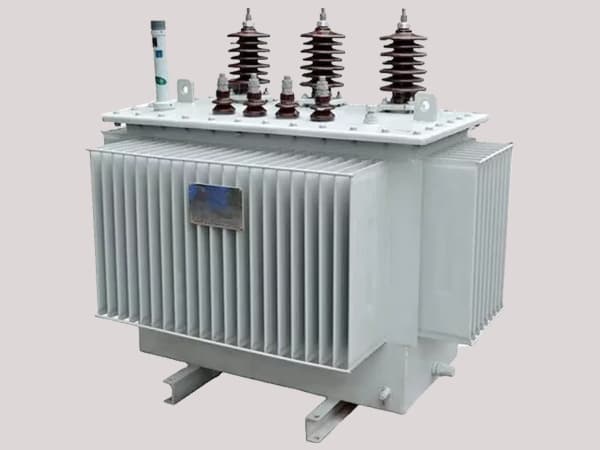

 Apr.16,2025
Apr.16,2025
 WishPower
WishPower
 6
6
Transformers are essential components in electrical systems, used to transfer electrical energy between circuits through electromagnetic induction. Understanding the four main types of transformers can help in selecting the right one for specific applications. In this article, we will explore four types of transformers, their functions, and where they are commonly used.
Function: Power transformers are used to transmit electrical power at high voltage over long distances.
Application: Commonly installed in substations or generation plants to step up or step down voltages.
Features:
Operates at high voltage (above 33kV)
High capacity and efficiency
Suitable for bulk power transmission

Function: Used where fire safety and environmental conditions are a concern.
Application: Ideal for indoor applications such as hospitals, schools, or high-rise buildings.
Features:
Uses air or epoxy resin as insulation
No oil, hence lower fire risk
Easy to maintain and environmentally friendly

Function: Designed for heavy-duty applications and outdoor use.
Application: Common in utility grids, industrial plants, and rural distribution.
Features:
Uses mineral oil for insulation and cooling
Excellent thermal performance
Longer lifespan with proper maintenance

When choosing a transformer, understanding its type and application is crucial for energy efficiency and safety. The four types of transformers — Power, Distribution, Dry-Type, and Oil-Immersed — each serve unique purposes in the electrical infrastructure.

